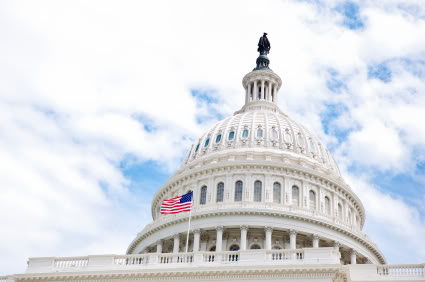
When Congress this month renewed the Violence Against Women Act (VAWA), it was a relief for the thousands of service providers and law enforcement agencies who have felt its impact. From 1995 (the year after VAWA first passed) to 2010, sexual violence in the US dropped by 64%, according to a report this month from the Justice Department. While many things have contributed to this progress, the programs that VAWA put in place deserve some of the credit.
Are you wondering what, exactly, VAWA does — and how it helps? Here are a few of its key parts.
- Training programs for law enforcement officers have helped improve their understanding of the crime, their ability to effectively interview victims, and the quality of police investigations. Similar training for district attorneys has helped improve their ability to prosecute rape, while training for judges has improved the environment for victims whose cases go to trial.
- Programs encourage the reporting of sexual assault to police. Currently, only 46% of sexual assaults are reported to police. By increasing reporting of sexual assault, more survivors could receive justice for the crimes committed against them.
- The Sexual Assault Service Program funds victim services and prevention programs at local sexual assault service providers. It is the only dedicated funding stream for local agencies. VAWA also includes programs that fund education on college campuses and services to victims in under-resourced areas.
- For the first time, VAWA now includes the Sexual Assault Forensic Evidence Reporting (SAFER) Act, which will help eliminate the backlog of untested DNA evidence from unsolved rape cases and take thousands of rapists off the streets.